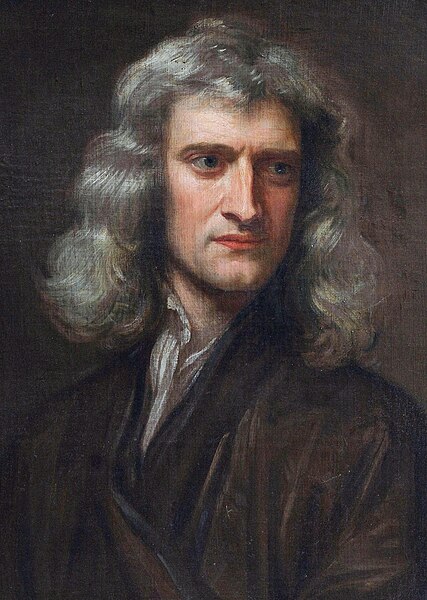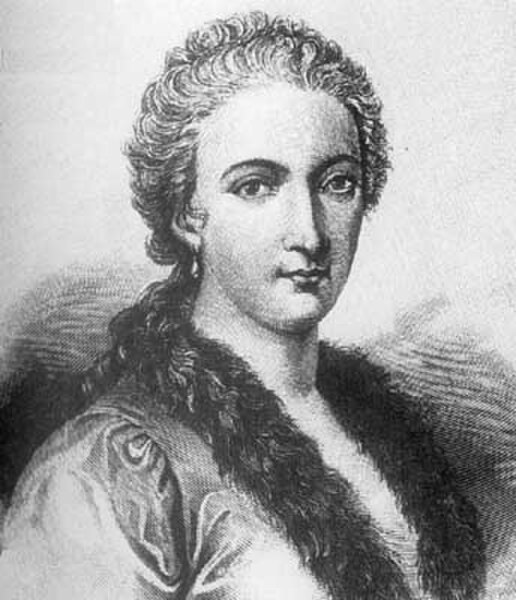Pierre de Fermat was a French mathematician who is given credit for early developments that led to infinitesimal calculus, including his technique of adequality. In particular, he is recognized for his discovery of an original method of finding the greatest and the smallest ordinates of curved lines, which is analogous to that of differential calculus, then unknown, and his research into number theory. He made notable contributions to analytic geometry, probability, and optics. He is best known for his Fermat's principle for light propagation and his Fermat's Last Theorem in number theory, which he described in a note at the margin of a copy of Diophantus' Arithmetica. He was also a lawyer at the Parlement of Toulouse, France.
Pierre de Fermat, 17th century painting by unknown author
Pierre de Fermat, 17th century painting by Rolland Lefebvre [fr]
The 1670 edition of Diophantus's Arithmetica includes Fermat's commentary, referred to as his "Last Theorem" (Observatio Domini Petri de Fermat), posthumously published by his son
Place of burial of Pierre de Fermat in Place Jean Jaurés, Castres. Translation of the plaque: in this place was buried on January 13, 1665, Pierre de Fermat, councillor at the Chambre de l'Édit (a court established by the Edict of Nantes) and mathematician of great renown, celebrated for his theorem, an + bn ≠ cn for n>2
Calculus is the mathematical study of continuous change, in the same way that geometry is the study of shape, and algebra is the study of generalizations of arithmetic operations.
Gottfried Wilhelm Leibniz was the first to state clearly the rules of calculus.
Isaac Newton developed the use of calculus in his laws of motion and universal gravitation.
Maria Gaetana Agnesi
The logarithmic spiral of the Nautilus shell is a classical image used to depict the growth and change related to calculus.


![Pierre de Fermat, 17th century painting by Rolland Lefebvre [fr]](https://upload.wikimedia.org/wikipedia/commons/thumb/3/3b/Pierre_de_Fermat3.jpg/485px-Pierre_de_Fermat3.jpg)





